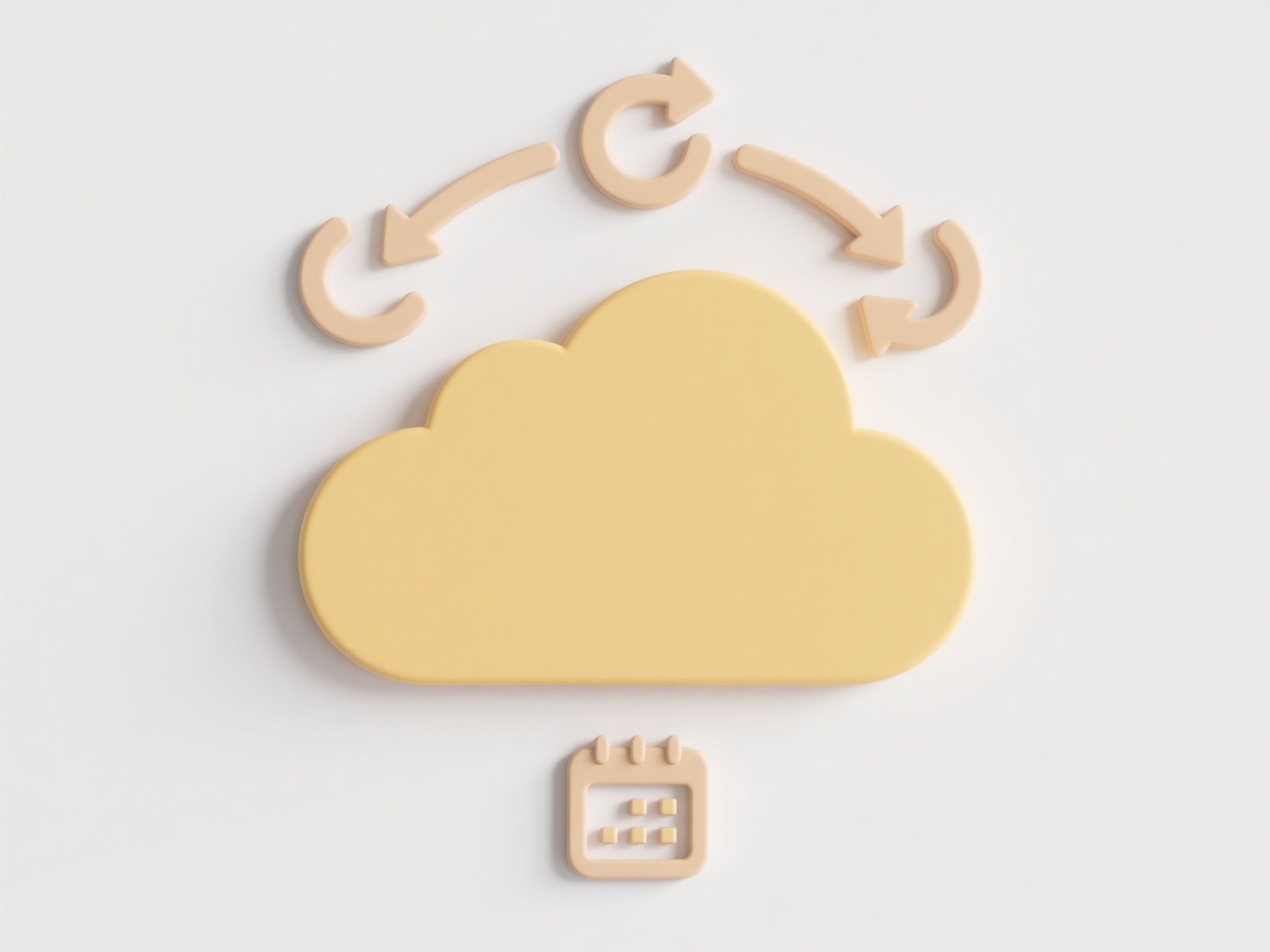
Sharing a folder (or directory) means granting access to the entire container and its contents collectively, rather than managing access for each file inside individually. Instead of sharing files one-by-one, you share the folder itself. Any access permissions (like view, edit, add, delete) granted on the folder typically apply automatically to the files within it, unless specific settings override this inheritance. This approach centralizes permission management.

This method is widely supported in cloud storage services and collaboration platforms. For instance, in Google Drive or Dropbox, you can right-click a folder, select "Share," add collaborators, and set their access level (e.g., "Can view" or "Can edit"); anyone with access to the folder can interact with all its files according to these permissions. Similarly, in Microsoft SharePoint, sharing a document library folder allows team members to access all contained documents simultaneously, streamlining collaboration in business environments.
The primary advantage is significant time savings and consistent permission application across many files. Users gain immediate access to new files added, improving workflow efficiency. A key limitation is the potential security risk: unintended access to sensitive files might occur if placed in the shared folder inadvertently. Ethical implications involve careful management to prevent exposing private data. Future developments focus on more granular inheritance controls while maintaining ease-of-use, enhancing security without sacrificing convenience.
How do I share a folder without sharing individual files?
Sharing a folder (or directory) means granting access to the entire container and its contents collectively, rather than managing access for each file inside individually. Instead of sharing files one-by-one, you share the folder itself. Any access permissions (like view, edit, add, delete) granted on the folder typically apply automatically to the files within it, unless specific settings override this inheritance. This approach centralizes permission management.

This method is widely supported in cloud storage services and collaboration platforms. For instance, in Google Drive or Dropbox, you can right-click a folder, select "Share," add collaborators, and set their access level (e.g., "Can view" or "Can edit"); anyone with access to the folder can interact with all its files according to these permissions. Similarly, in Microsoft SharePoint, sharing a document library folder allows team members to access all contained documents simultaneously, streamlining collaboration in business environments.
The primary advantage is significant time savings and consistent permission application across many files. Users gain immediate access to new files added, improving workflow efficiency. A key limitation is the potential security risk: unintended access to sensitive files might occur if placed in the shared folder inadvertently. Ethical implications involve careful management to prevent exposing private data. Future developments focus on more granular inheritance controls while maintaining ease-of-use, enhancing security without sacrificing convenience.
Quick Article Links
How do I create a naming scheme that scales for long-term projects?
How do I create a naming scheme that scales for long-term projects? A scalable naming scheme anticipates future expans...
Why do backup tools create redundant file copies?
Backup tools create redundant file copies primarily to enhance data safety and reliability. Redundancy means intentional...
Does Wisfile scan files for malware or viruses?
Does Wisfile scan files for malware or viruses? No, Wisfile does not scan files for malware or viruses during its file...